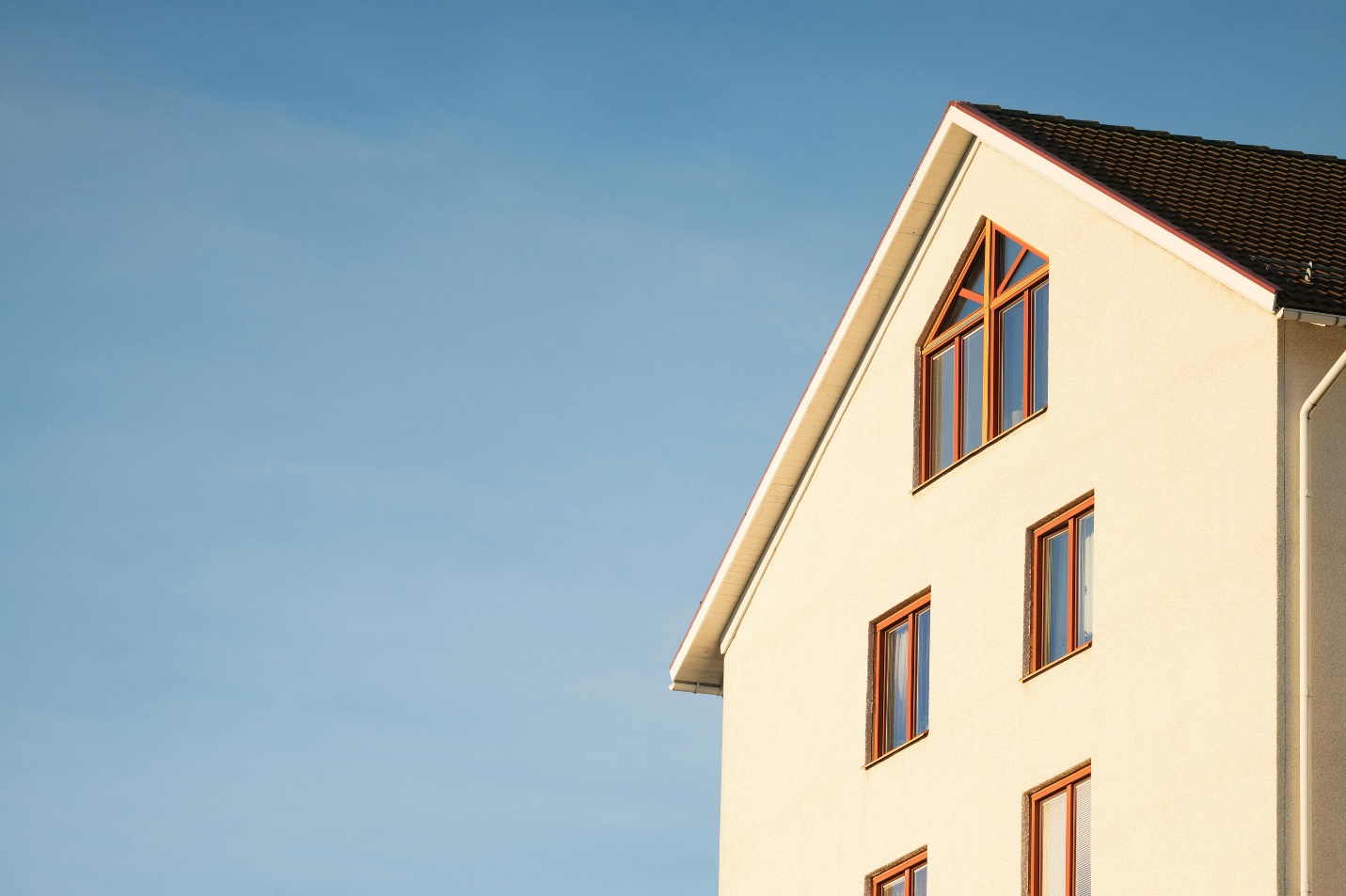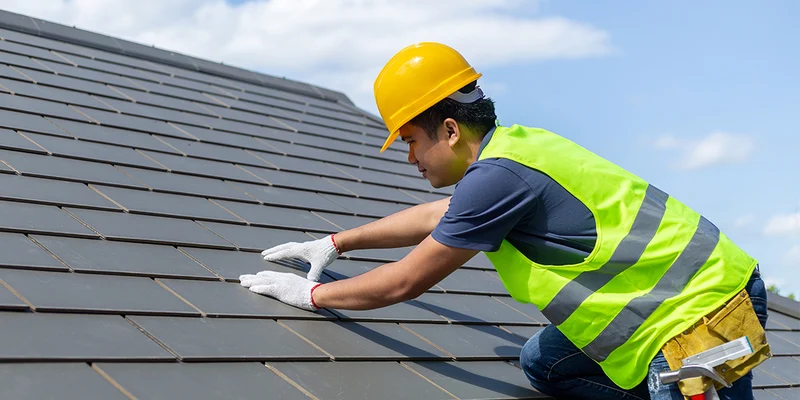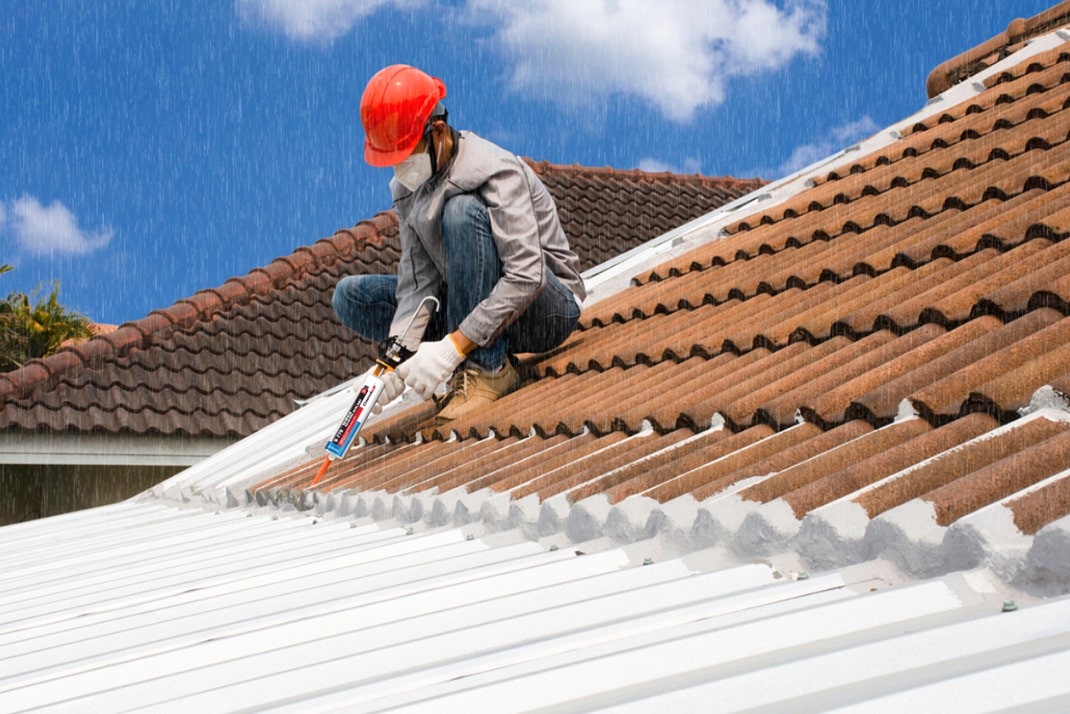
Weatherproofing your home is an essential step in protecting it from damage caused by the elements. Whether you live in a region with heavy rain, snow, or extreme temperatures, keeping your home weatherproofed helps maintain its structural integrity and energy efficiency.
Regular maintenance can prevent costly repairs down the line and keep your home comfortable all year long. Here are some key home maintenance projects that will help weatherproof your house effectively.
Seal Windows and Doors
Windows and doors are common areas where air and moisture can enter your home. Over time, gaps and cracks around window and door frames can develop, allowing drafts in during the winter and cool air to escape during the summer.
These gaps make your home less comfortable and also increase your energy bills as your heating or cooling systems work harder to maintain a consistent temperature.
To combat this, check the caulking and weatherstripping around your windows and doors. If you notice any gaps, applying new caulk or replacing worn-out weatherstripping can make a big difference in keeping your home sealed from the outside elements.
This simple project helps improve your home’s energy efficiency while also preventing moisture from entering and causing potential damage to the interior.
Inspect and Repair the Roof

Your roof is the main line of defense against weather, making it one of the most important areas to maintain. Regular inspections are essential to catch any issues like damaged shingles or flashing before they lead to leaks or more serious problems. Missing or cracked shingles can allow water to seep into your home, causing water damage to ceilings, walls, and even the foundation.
For homeowners looking to protect their homes from weather-related damage, contacting a professional roofing service like Dr. Roof Inc is a smart way to make sure that the roof is in good condition for all seasons. Regular roof maintenance, including checking for loose or damaged shingles, repairing flashing, and addressing any other visible damage, can extend the life of your roof and keep your home safe from water infiltration.
By investing time in regular roof inspections and repairs, you can avoid bigger issues that may arise from neglect, especially in areas that experience severe weather conditions.
Clean and Maintain Gutters
Your gutters play a crucial role in directing water away from your home. When they are clogged with leaves, debris, or other blockages, water can overflow and damage your home’s siding, foundation, or roof. In colder regions, blocked gutters can result in ice dams, which may cause water to build up beneath the shingles and lead to leaks inside your home.
Regularly cleaning your gutters, especially during the fall and spring, helps prevent water from pooling around your home. You can also install gutter guards to reduce the amount of debris that accumulates. Keeping your gutters clear allows them to function properly and protect your home from water-related damage.
By maintaining your gutters, you can protect both the exterior and interior of your home, making it one of the simplest yet most effective weatherproofing tasks you can do.
Add or Upgrade Insulation
Insulation is a key element in keeping your home energy-efficient and weatherproof. Good insulation helps control your home’s temperature by retaining heat during the winter and keeping it cooler in the summer. Without enough insulation, your heating and cooling systems have to work harder, leading to higher energy bills and less comfort throughout the year.
Start by checking the insulation in your attic and walls. The attic is one of the most important places to insulate since it’s where heat can escape most easily. If you notice that your home feels drafty or that your energy bills are unusually high, it might be time to upgrade your insulation. Materials like fiberglass, cellulose, or spray foam can be added to increase your home’s resistance to heat transfer.
Adding insulation is a straightforward project that offers long-term benefits. Not only will it make your home more comfortable, but it will also help you save on energy costs and protect your home from temperature extremes.
Protect the Exterior with Weather-Resistant Paint or Sealant

The exterior of your home takes the brunt of weather exposure, so protecting it with weather-resistant paint or sealant is crucial. Over time, wind, rain, snow, and UV rays can wear down paint, leaving your home vulnerable to moisture and other forms of damage. Cracking or peeling paint can allow moisture to seep into the wood or other materials beneath, leading to rot or mold growth.
Using high-quality, weather-resistant paint or a sealant designed for outdoor use can help protect your home’s exterior from these issues. Choose a paint or sealant that is specifically formulated to resist moisture, fading, and cracking. Applying a fresh coat every few years helps maintain the structural integrity of your home’s exterior while keeping it looking sharp.
This is a relatively simple project that can extend the life of your siding, trim, and other exterior features, preventing costly repairs down the road.
Landscaping for Better Drainage
Good drainage around your home is essential for weatherproofing, as poor drainage can lead to water pooling around your foundation, increasing the risk of flooding and water damage. Making adjustments to your landscaping can significantly improve your home’s ability to handle heavy rain or snowmelt.
Grading your yard so that water flows away from your home is a great place to start. You can do this by building up the soil near the foundation and sloping it away. Adding mulch or gravel around the base of your home can also help absorb water and direct it away from the foundation.
In addition, you can consider planting shrubs or using ground covers that are well-suited to absorb water. Native plants are often a great choice, as they are adapted to the local climate and require less care while helping to improve drainage. These plants can help manage excess water and prevent erosion, which contributes to keeping your home safe from weather-related damage.
Weatherproofing your home doesn’t have to be complicated or time-consuming. By focusing on key areas like the roof, insulation, gutters, and windows, you can protect your house from the elements and reduce the need for frequent repairs. Whether you’re upgrading your insulation or making small adjustments to your landscaping, these home maintenance projects will help you keep your home safe, comfortable, and energy-efficient year-round.
